In 2016, we (Open Philanthropy) published two blog posts (1, 2) to explain why our grantmaking focus area related to AI is narrowly focused on funding work that we hope will help ensure broadly beneficial outcomes from “transformative AI,” a term we use to refer to “AI that precipitates a transition comparable to (or more significant than) the agricultural or industrial revolution.”
Unfortunately, in our experience, most people who encounter this definition (understandably) misunderstand what we mean by it.[1]Unless they have prior familiarity with our work. In part this may be due to the ubiquity of discussions about how AI (and perhaps other “transformative technologies”) may usher in a “4th industrial revolution,” which sounds similar to our definition of transformative AI, but (in our experience) typically denotes a much smaller magnitude of transformation than we have in mind when discussing “transformative AI.”
To illustrate what we mean by “a transition at least as large in magnitude as the industrial revolution,” I charted six measures of human empowerment and well-being across recorded history (see below).[2]Explanations, caveats, vertical axes, and data are here and here. To be clear, we don’t necessarily think industrial revolution–scale impact will have been realized within this timeframe, but merely that there’s a decent chance such impact from AI will be more-or-less “locked … Continue reading
In short, the transition immediately following the (“first”) industrial revolution was a much larger change in these measures of human empowerment and well-being than other events in recorded history, including the Black Death of the 14th century, the Scientific Revolution of the 17th century, the two world wars of the 20th century, and the “2nd and 3rd industrial revolutions” implied by discussions of a potential future “4th industrial revolution”:[3]I don’t mention the agricultural revolution here because it (mostly) occurred before recorded history.

Of course, our view that AI has a reasonable chance[4]Specifically, in this post we say we think there’s a ≥10% chance that transformative AI (in our sense) will be developed by 2036, i.e. 20 years from when the prediction was made. of precipitating such a massive transition in the next several decades is very contentious, and I don’t try to justify that view here. The purpose of this brief note is merely to clarify the extremely large magnitude of what we mean by “transformative AI,” and how it may differ from what others typically (and legitimately) refer to when discussing “transformative technologies” or a “4th industrial revolution.”
See also:
- Karnofsky, Some Background on Our Views Regarding Advanced Artificial Intelligence (2016)
Footnotes
| 1 | Unless they have prior familiarity with our work. |
|---|---|
| 2 | Explanations, caveats, vertical axes, and data are here and here. To be clear, we don’t necessarily think industrial revolution–scale impact will have been realized within this timeframe, but merely that there’s a decent chance such impact from AI will be more-or-less “locked in” by developments in AI sometime in the next few decades, just as the eventual transformative impact of the industrial revolution may have been essentially guaranteed by 1810 even if most of the eventual impact on the world wasn’t realized that early. |
| 3 | I don’t mention the agricultural revolution here because it (mostly) occurred before recorded history. |
| 4 | Specifically, in this post we say we think there’s a ≥10% chance that transformative AI (in our sense) will be developed by 2036, i.e. 20 years from when the prediction was made. |
